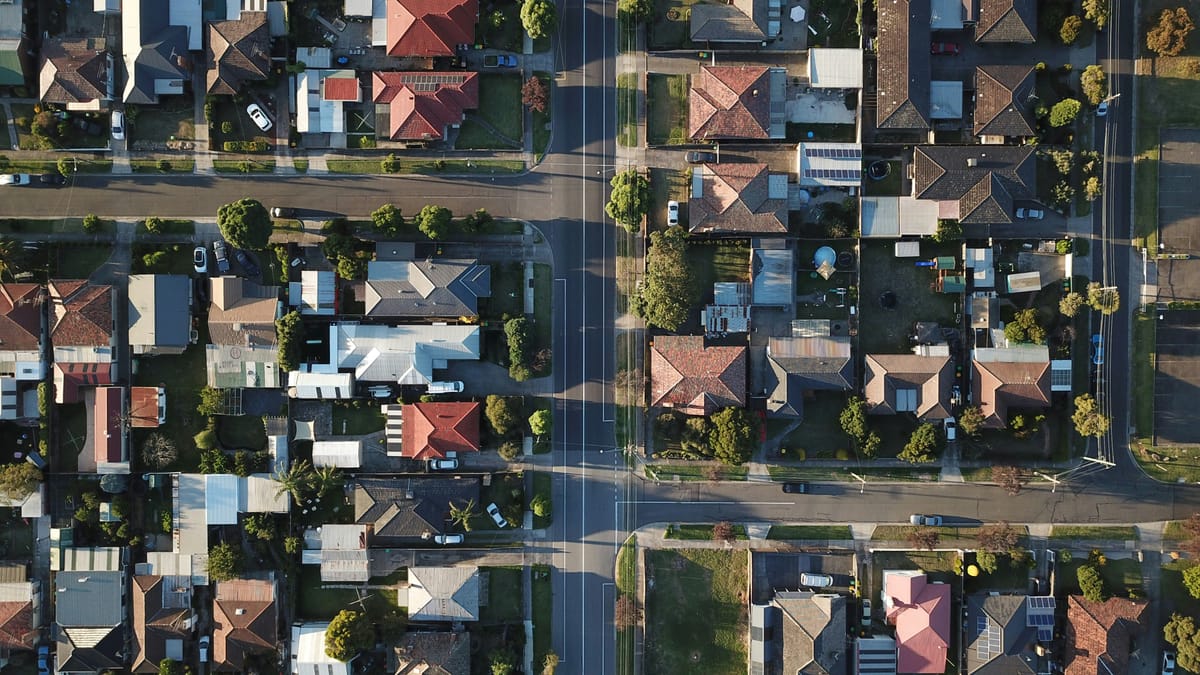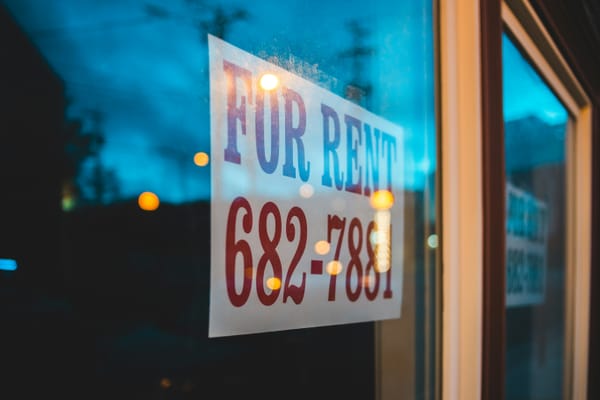Who Benefits From Uncle Sam’s $450 Billion Property Bill?

Min 1
The federal government is the country’s single largest investor in real estate, committing around $450 billion annually across roughly 50 programs managed by six agencies. This includes everything from low-cost loans and mortgage guarantees to tax credits and grants aimed at housing and commercial development.
Min 2
But where that money flows reveals an uneven landscape. Homeowners, especially those who itemize deductions, benefit disproportionately—thanks to instruments like the mortgage interest deduction. In contrast, renters and less affluent homeowners see few benefits, and there’s no parallel tax relief for those groups.
Min 3
The imbalance continues with a skew toward single-family housing. From 2007 to 2011, the government backed over ten times more in loan guarantees for single-family homes compared to multifamily projects—even though many low- and moderate-income families rely on apartments and rentals.
Min 4
There’s scant federal support for reinvesting in existing neighborhoods. That kind of infill development offers long-term savings in infrastructure and municipal services, not to mention preserving a community’s character. But current programs don’t encourage development in established areas—despite the clear economic and social returns such investments would offer.
Min 5
From an investor or policymaker perspective, this report primes us to ask smarter questions. Could rebalancing support toward renters, multifamily housing, and infill neighborhoods drive more equitable outcomes? Redirecting even a fraction of funds could help build more inclusive, efficient, and economically resilient communities.
Final Takeaway
The U.S. government’s annual real estate outlay is enormous—but its impact isn’t always constructive. The bias toward homeowner tax breaks, single-family development, and new construction over neighborhood renewals amplifies disparities. It’s not just about how much the government spends—it’s about where the money goes. Recalibrating those choices holds real potential for smarter, more equitable development.



